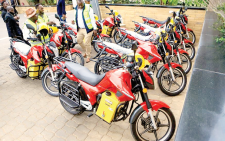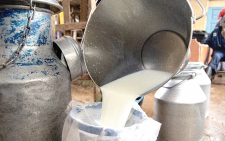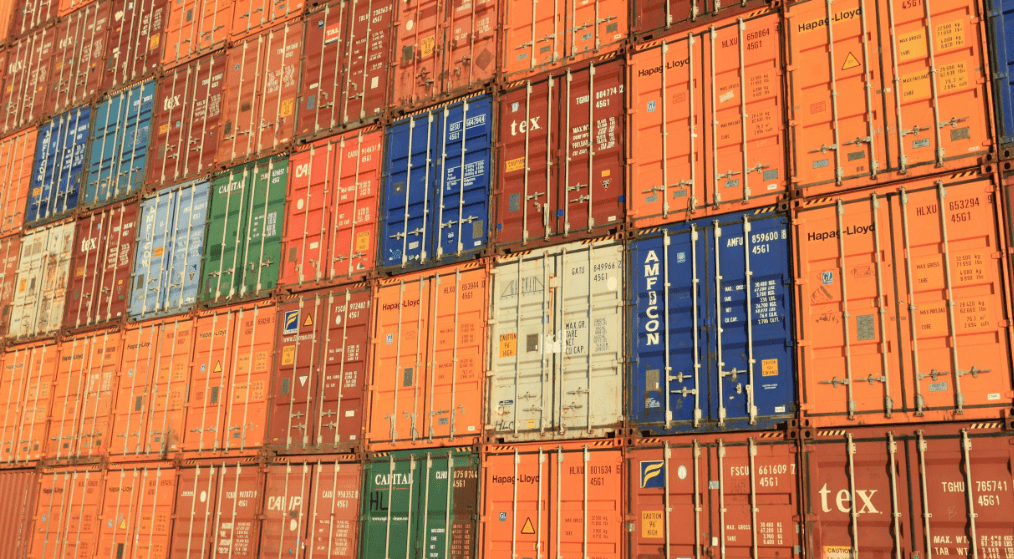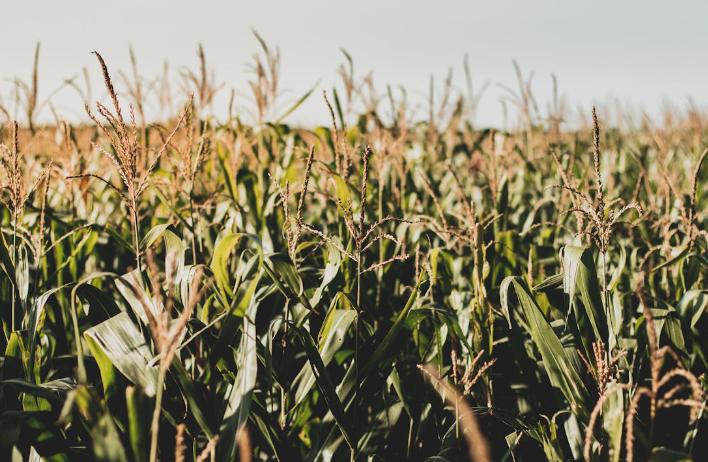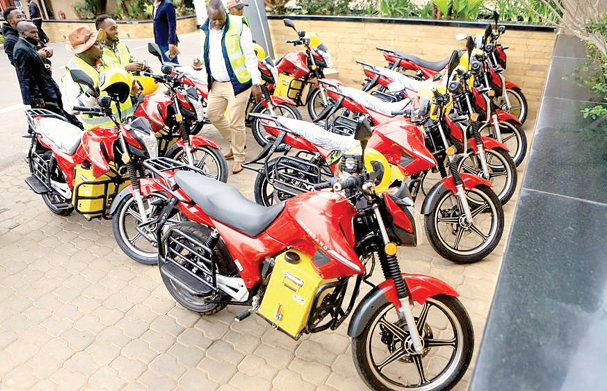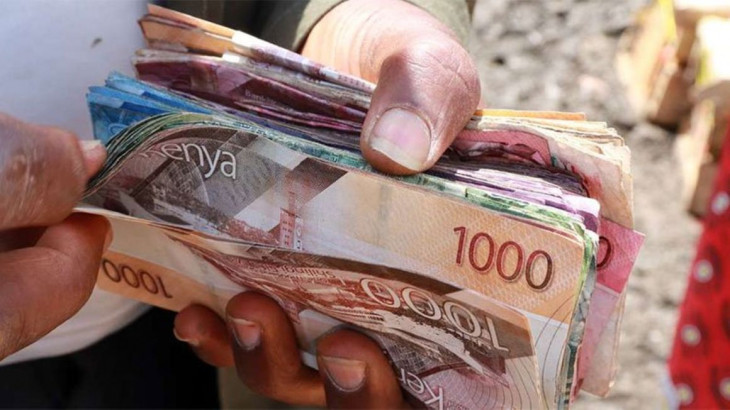Relief at pump as fuel prices drop marginally
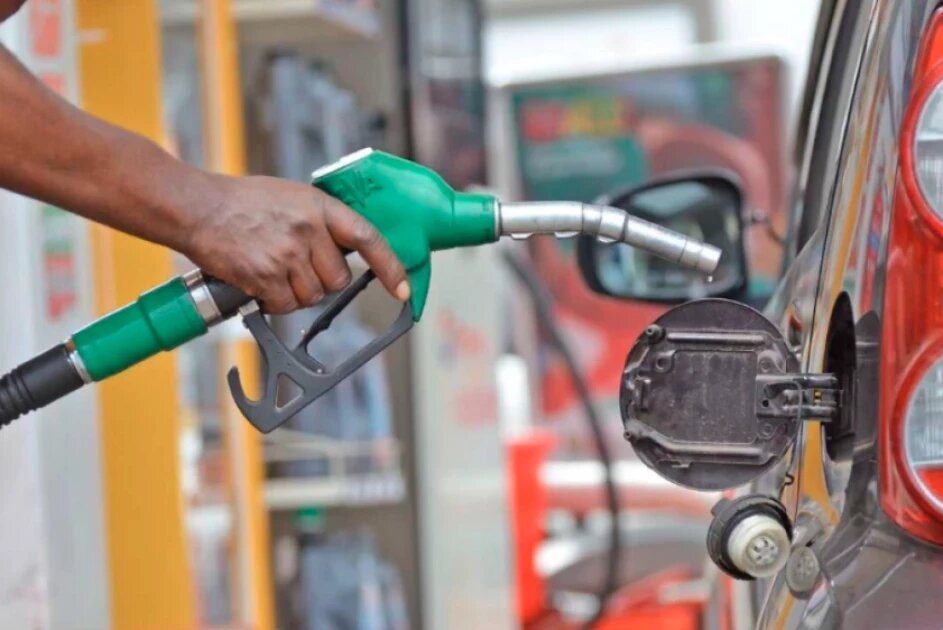
The prices of fuel dropped yesterday for the third consecutive month, giving motorists the much-needed reprieve for the next one month while unleashing fresh hopes of cooling the inflation rate in Kenya as the year begins.
Gradual monthly decline in pump prices, especially for diesel which is the most commonly used in the country, started in November 2023, reflecting similar declines in the international oil prices.
Yesterday, the Energy and Petroleum Regulatory Authority (EPRA) announced prices of diesel and petrol both eased by Sh5 per litre while kerosene declined by Sh4.82 per litre.
This leaves a litre of petrol retailing at Sh207.36, diesel going for Sh196.47, and kerosene costing Sh194.23 in Nairobi. In Mombasa, which will be the cheapest city to fuel because of its closeness to the port, the three products are set at Sh204.3, Sh193.41, and Sh191.05 per litre, respectively.
Cross-subsidy plan
In Kisumu, petrol will cost Sh207.12 per litre, just as it is in Eldoret, as diesel and kerosene go for Sh196.64 and 194.42 per litre, respectively. A litre of diesel is Sh196.65 in Eldoret, while that of Kerosene is priced at Sh194.43. In Nakuru, petrol and diesel cost Sh206.35 and Sh195.88 for every litre while kerosene is Sh193.66.
EPRA indicated it has again reverted to the cross-subsidy plan where petrol users are being charged more to partly help lower the cost of diesel. The government will also utilise a petroleum development levy collected at the pump to compensate oil majors for the remaining difference in foregone costs.“The price of Diesel has been cross-subsidized with that of Super petrol. Oil marketing Companies (OMCs) will be compensated for the under-recovery of costs from the Petroleum Development Levy (PDL) fund,” EPRA Director General Daniel Kiptoo said in yesterday’s review.
The current administration launched the cross-subsidy in October 2022 to cushion consumers from skyrocketing pump prices amid contestation in court.
Kenya’s economy is hugely diesel-dependent, and the cross-subsidy means that petrol users, mainly middle-class citizens, are paying more to ease pressure on the government’s effort to sustain the PDL fund.
The decline in fuel prices is expected to have a positive impact on the country’s entire economy, with key sectors like agriculture, transport, and manufacturing always factoring in the changes in pump prices. This could soften the inflation as the cost of production and transportation also declines. Kenya’s year-on-year inflation rate dropped to 6.6 percent in December 2023, falling with the government’s preferred targeted band of between 2.5 per cent and 7.5 per cent. EPRA made the reduction despite the shilling weakening further against the dollar by the time the consignment docked the country.
